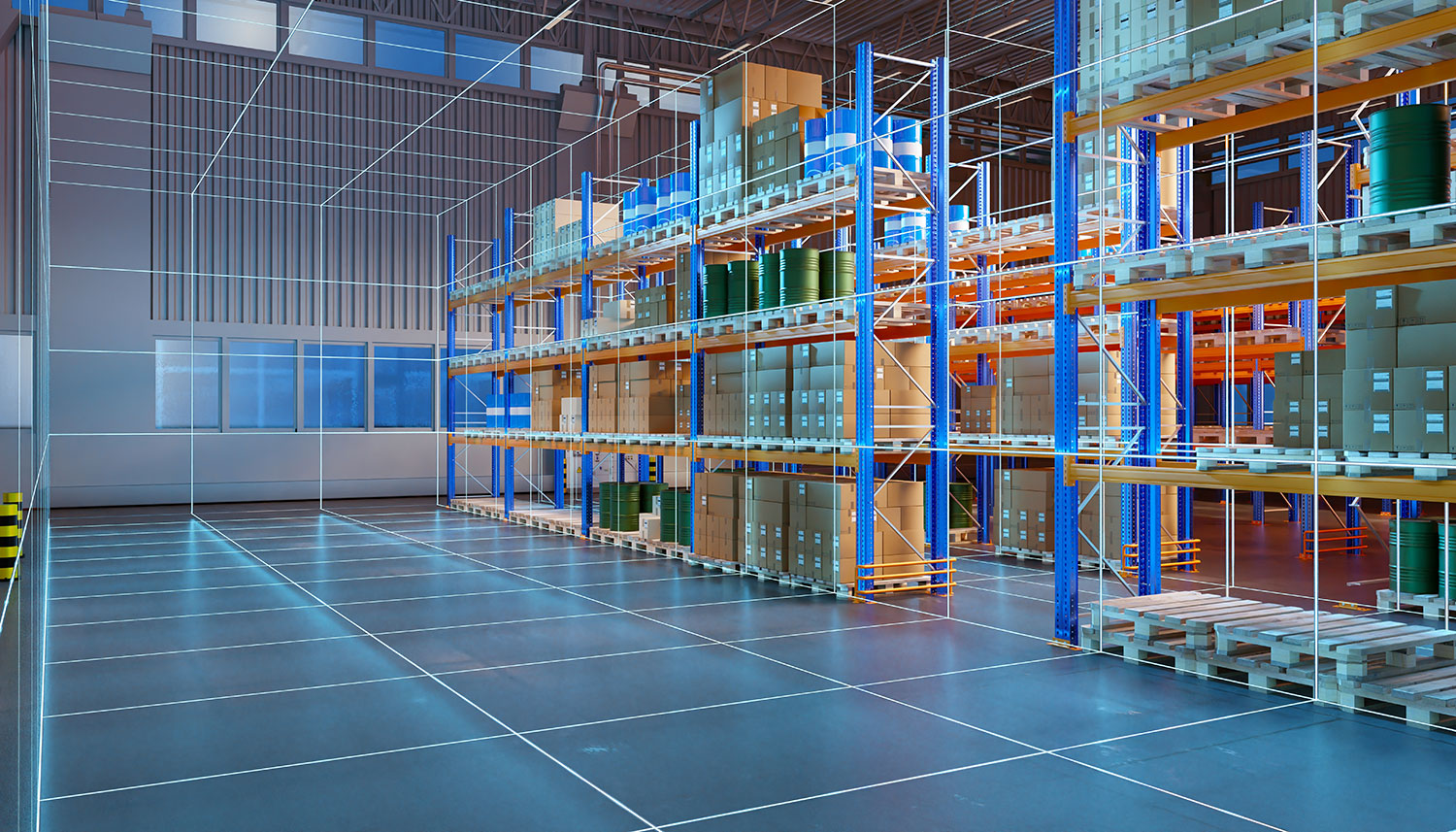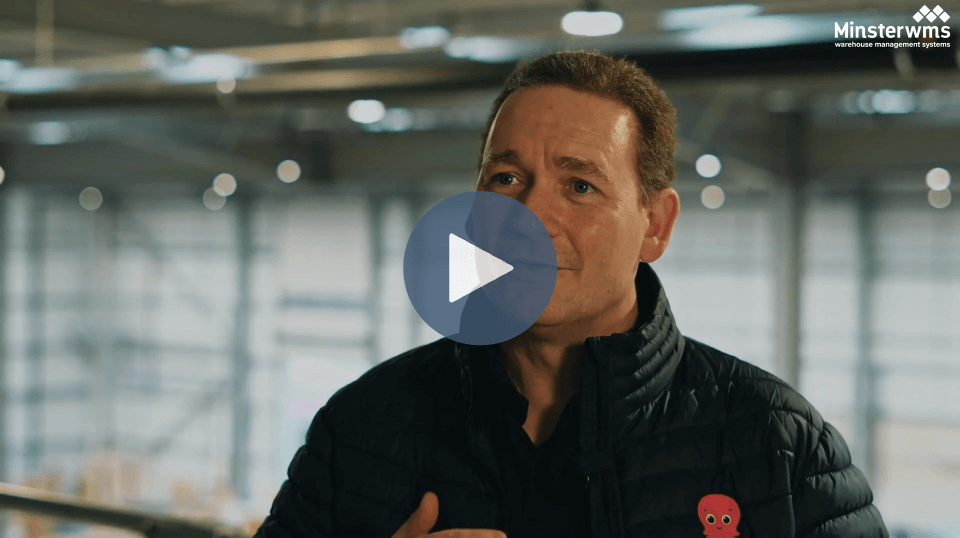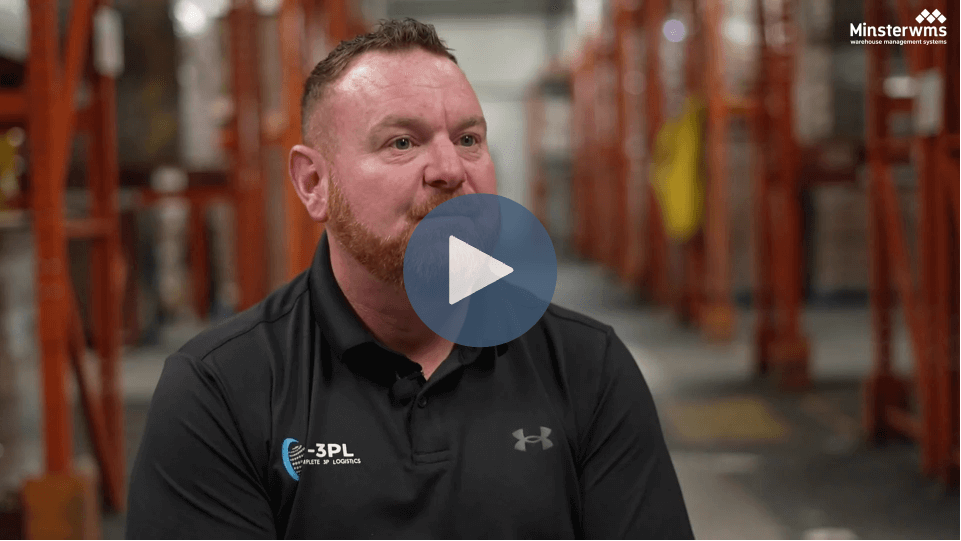Welcome back to ScaleWorks, a series of guides designed to help ambitious warehouses grow without guesswork. Each article shares the playbooks successful operators use to scale, from choosing a niche to building a repeatable sales engine to knowing when and how to add capacity.
Scaling a warehouse isn’t only about expanding space or hiring more people. As you grow, you’ll need to design systems that can stretch as demand rises, without falling over when volumes spike.
Many warehouses chase growth, but only those that build the right systems for scalability manage to sustain it. Here’s how to achieve this and prepare your operation for the next stage.
Automate the Admin That Breaks at Volume
Every warehouse starts with a bit of manual admin: spreadsheets track stock, invoices get typed up, and carrier labels are copied across. But, when volume doubles, these manual processes become a bottleneck.
The solution is to automate the repetitive work well before it becomes a problem. Scans should update inventory in real time and invoicing should be built around storage days, picks, and dispatches so charges are triggered automatically. The less you rely on admin staff for data entry, the more their time goes into problem-solving and customer care.
This may seem easier said than done, but it’s more achievable than you may think. A warehouse management system like Minster Edge Core bakes in this automation, so you scale processes without adding headcount.
Hire People Who Have Done It Before
While there’s a lot you can and should automate, some processes still require a steady hand. As you scale, you need seasoned professionals on the team who know what it takes to run a bigger ship.
Bringing in managers or engineers who’ve already worked in larger operations pays off quickly. They know the pitfalls, the short cuts that only work at small scale, and the standards that help throughput hold steady as volumes climb. They can also mentor your existing team, raising the baseline for everyone.
Think of it as importing scale-ready habits, not just filling a vacancy.
Build the Foundations of Integration Early
As you scale, the way you manage data is as important, if not more important, than your working processes. It needs to flow smoothly so you don’t waste time on duplicate entries or mismatched systems.
For example, now is the time to standardise product and location codes so every scan is trusted, and, before things get too busy, you should look to treat returns as a first-class workflow, with the same scanning and tracking as outbound orders.
These integrations are much easier to build when volumes are lower. Leave them too late and you have to make sweeping changes to processes while your operations are under pressure.
In short, scaling warehouses isn’t just about adding racking or headcount. It’s about building systems and habits that can stretch without snapping. Automate the admin, give customers control, hire for experience, and wire up your data before it slows you down.
Do those four things, and growth turns into scalability. And when you’re ready to put the pieces together in one place, Minster Edge Core gives you the affordable WMS foundation to make it happen.



